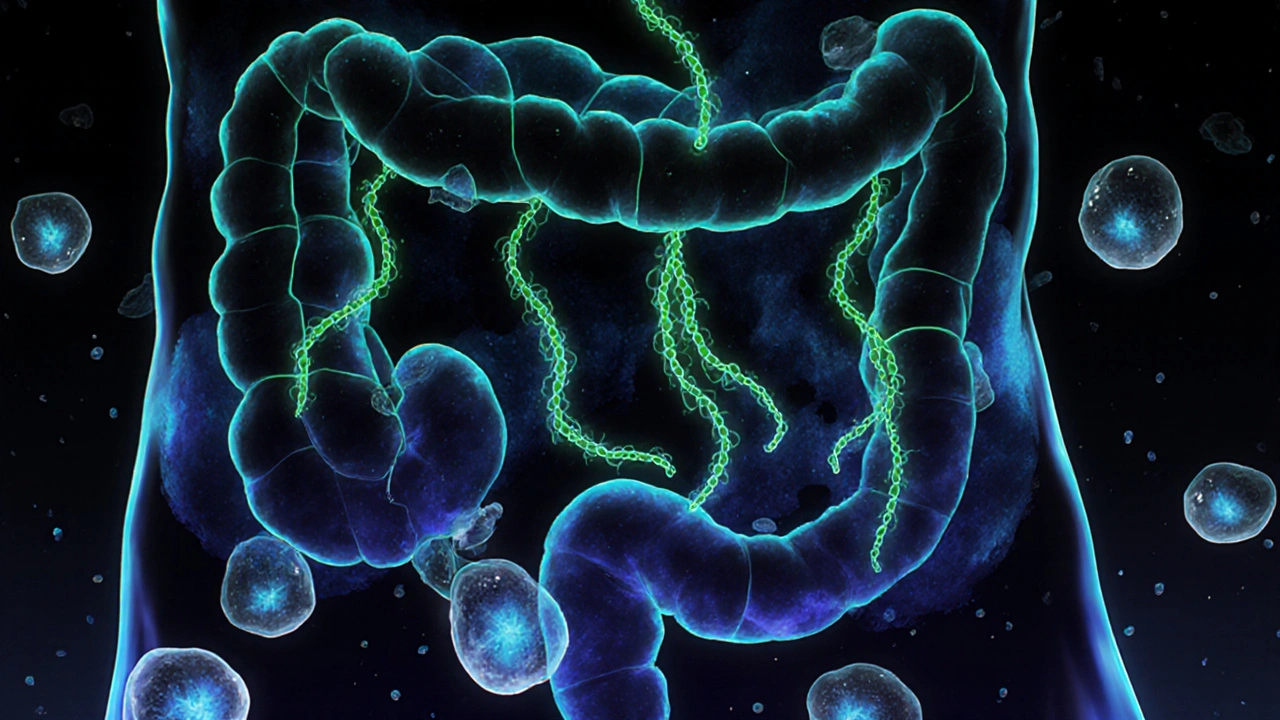Pinworm Eggs: What They Are, How They Spread, and How to Stop Them
When you hear pinworm eggs, tiny, invisible eggs laid by parasitic worms in the intestines that cause itching and discomfort, especially in children. Also known as enterobius vermicularis eggs, these are the starting point of one of the most common parasitic infections worldwide. They don’t look like much—just microscopic specks—but they’re responsible for endless nights of scratching, school absences, and frustrated parents. Unlike many infections, pinworms don’t come from dirty water or undercooked meat. They spread because of human behavior: a child scratches an itchy bottom, touches a doorknob, and someone else picks up the eggs without even knowing it.
Pinworm infection, a condition caused by the presence of adult pinworms in the colon and rectum, often leading to anal itching, especially at night. Also known as enterobiasis, it’s not a sign of poor hygiene—it’s just how these worms survive. The eggs survive for weeks on surfaces: bedsheets, toys, bathroom handles, even kitchen counters. Once swallowed, they hatch in the small intestine, mature in the colon, and the females crawl out at night to lay more eggs around the anus. That’s when the itching starts—and the cycle repeats. You can’t see the eggs with the naked eye, but you can see the adult worms—thin, white, and about half an inch long—wiggling near the anus, especially in the dark.
What makes pinworms so tricky is how easily they move from person to person. One infected child can spread eggs to the whole family. Pets don’t carry them, so it’s not about animals—it’s about close contact and shared spaces. The good news? They’re not dangerous. But they’re persistent. And if one person in the house has them, everyone else should be treated, even if they show no symptoms. Medications like mebendazole or pyrantel pamoate kill the worms, but they don’t destroy the eggs. That’s where hygiene becomes your strongest tool.
How to Break the Pinworm Egg Cycle
Washing hands after using the bathroom and before eating is the first line of defense. But you need to go further. Showering in the morning helps remove eggs laid overnight. Change underwear and pajamas daily. Wash bedding, towels, and clothes in hot water. Vacuum carpets and wipe down surfaces—especially in bathrooms and bedrooms. Don’t shake out clothes or bedding; that sends eggs into the air. Cut fingernails short. Avoid nail-biting. And yes, even if you think you’re clean, treat everyone in the house at the same time. One missed person means the eggs come back.
There’s no magic cure. No herbal remedy or home spray that kills pinworm eggs reliably. It’s about consistency. You won’t see results overnight, but within a week of combined treatment and cleaning, the itching fades. The infection clears. And the eggs? They starve. Without human hosts to hatch in, they die off. This isn’t about shame. It’s about science. And it’s happening in homes right now—in yours, maybe. You’re not alone. The posts below give you the exact steps, the real-life mistakes people make, and how to stop pinworm eggs for good—without overcomplicating it.
Parasitic Infections: Giardia, Pinworms, and How to Treat Them Effectively
Giardia and pinworms are two of the most common parasitic infections in the U.S., causing diarrhea, itching, and fatigue. Learn how they spread, how to treat them effectively, and how to prevent reinfection with proven steps.
Read more